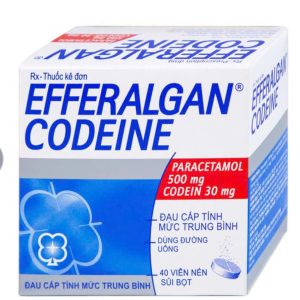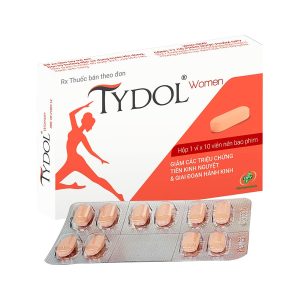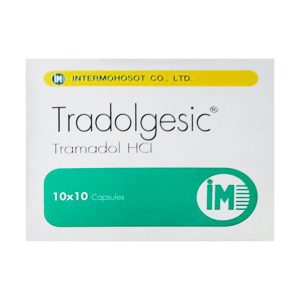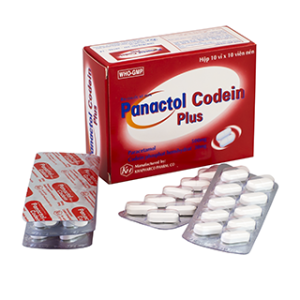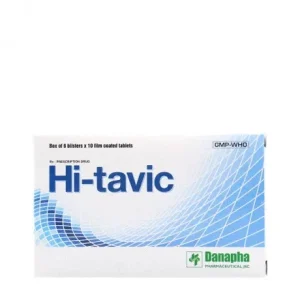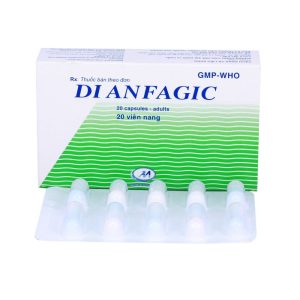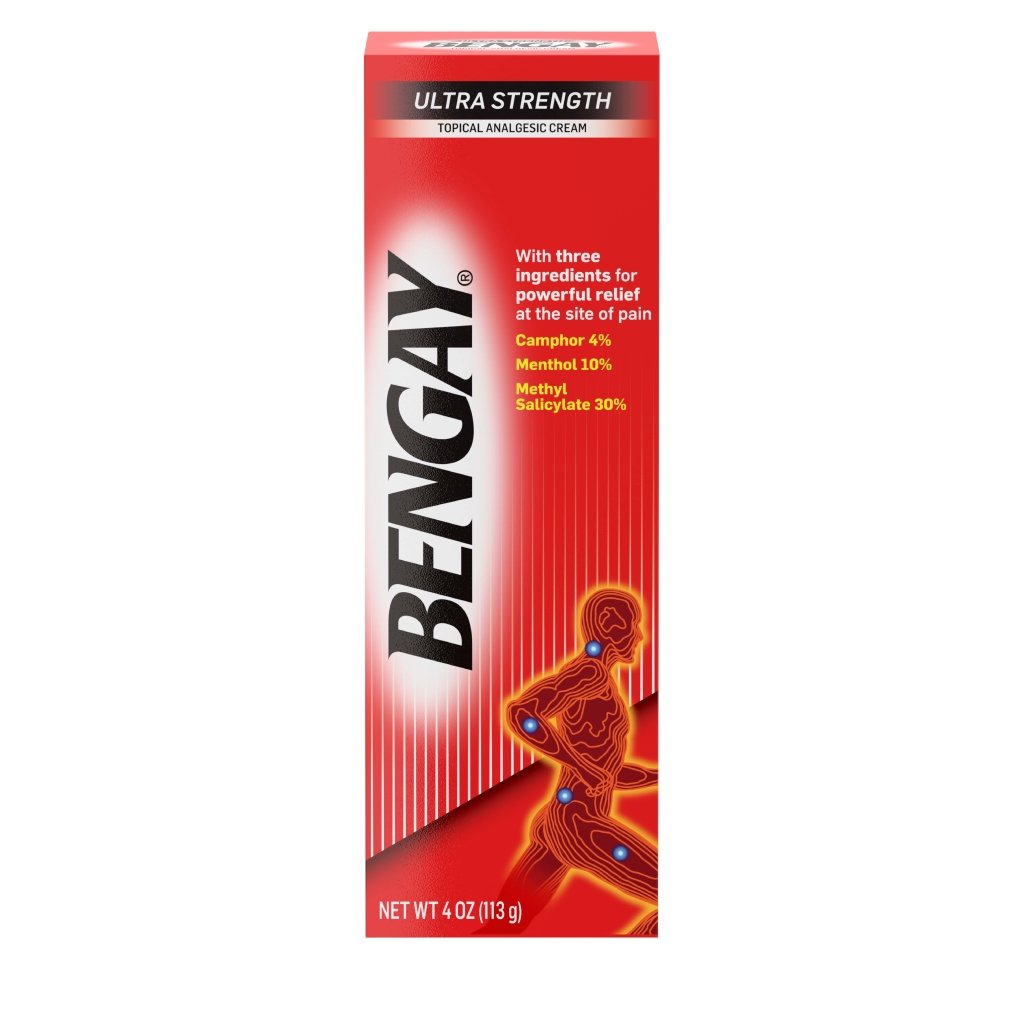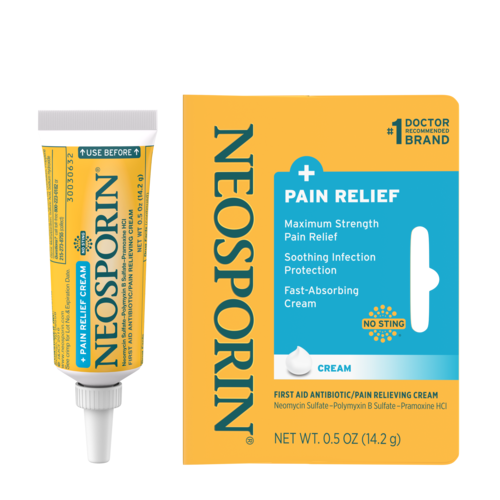We deliver to you every day from 7:00 to 23:00
The best discounts this week
Every week you can find the best discounts here.
Topical Pain Relief: Effective Solutions for Targeted Pain Relief
Pain is an unfortunate part of life, but thankfully, there are various ways to manage it. One of the most effective and targeted methods of pain relief is through topical treatments. Whether you’re dealing with sore muscles, arthritis, or other localized pain, topical pain relief creams, gels, and patches can offer significant benefits. This article explores the best options for topical pain relief, how they work, and which ones are most effective.
:max_bytes(150000):strip_icc()/shp-best-pain-relief-creams-of-2023-tout-11cb384aaf314ce483c90b3a39305ba4.jpg)
What is Topical Pain Relief?
Topical pain relief refers to products applied directly to the skin to relieve pain in specific areas. These products come in various forms, including creams, gels, ointments, patches, and sprays. They work by delivering active ingredients that target the pain at the source, often by reducing inflammation, increasing blood flow, or numbing the pain receptors in the skin.
Topical treatments are particularly effective for localized pain, meaning pain that is concentrated in one specific area, such as back pain, muscle strains, or joint discomfort. They allow for more direct treatment of the painful area without affecting the entire body.
Types of Topical Pain Relief
1. Menthol-Based Creams and Gels
One of the most popular forms of topical pain relief are products containing menthol, a cooling agent that has a soothing effect on pain. Menthol is commonly found in over-the-counter (OTC) products like Bengay and Biofreeze.
-
How It Works: Menthol creates a cooling sensation on the skin that distracts from pain and reduces inflammation. It also increases blood flow to the affected area, which can speed up recovery.
-
Common Products: Bengay Ultra Strength, Biofreeze, Icy Hot.
-
Uses: Effective for muscle aches, joint pain, arthritis, and minor back pain.
2. Capsaicin Creams
Capsaicin is a natural compound found in chili peppers, and it is the active ingredient in many pain relief creams. It is especially useful for treating pain associated with arthritis and nerve pain.
-
How It Works: Capsaicin works by depleting the body’s supply of substance P, a chemical responsible for transmitting pain signals to the brain. With repeated use, capsaicin can significantly reduce pain over time.
-
Common Products: Zostrix, Capzasin.
-
Uses: Effective for arthritis, muscle pain, and nerve pain (including shingles).
3. NSAID-Containing Gels
Nonsteroidal anti-inflammatory drugs (NSAIDs) like ibuprofen and diclofenac are commonly used for pain relief, and they can be found in topical formulations as well. These gels are designed for localized pain relief without the gastrointestinal side effects associated with oral NSAIDs.
-
How It Works: NSAID gels work by reducing inflammation at the site of pain, which helps to decrease swelling and discomfort.
-
Common Products: Voltaren Gel, Flector Patch.
-
Uses: Effective for muscle pain, joint pain, and arthritis.
4. Lidocaine Patches
Lidocaine is a local anesthetic commonly used in creams, gels, and patches to numb specific areas of pain. It is particularly helpful for nerve pain and conditions like post-herpetic neuralgia and muscle soreness.
-
How It Works: Lidocaine blocks pain signals by numbing the nerve endings at the site of application, providing quick and effective pain relief.
-
Common Products: Lidoderm Patch, Salonpas Lidocaine Patch.
-
Uses: Nerve pain, muscle strains, and minor aches.
%20(1).png)
5. Herbal and Natural Pain Relief Creams
If you’re looking for a more natural option, many herbal creams use ingredients like arnica, turmeric, or willow bark to relieve pain. These natural remedies are often preferred by those who want a gentler solution without the use of strong chemicals.
-
How It Works: These creams work by reducing inflammation and soothing irritated tissues. Herbs like arnica have anti-inflammatory properties, while turmeric has pain-relieving qualities.
-
Common Products: Arnicare Cream, Tiger Balm, Thera-gesic.
-
Uses: Muscle pain, sore joints, and sports injuries.
How to Apply Topical Pain Relief Effectively
To get the best results from topical pain relief, it’s important to apply the product properly. Here are a few tips to ensure effectiveness:
-
Clean the area: Before applying the cream or gel, make sure the skin is clean and dry.
-
Apply a thin layer: A little goes a long way. Apply a thin layer of the product to the affected area.
-
Massage gently: For best absorption, massage the product gently into the skin.
-
Wash your hands: After application, wash your hands thoroughly to avoid getting the product in your eyes or mouth.
Benefits of Topical Pain Relief
Topical pain relief offers several advantages over oral medications:
-
Localized effect: Since the treatment is applied directly to the affected area, it targets the pain where it is most needed, without affecting the entire body.
-
Fewer side effects: Topical products generally have fewer side effects than oral painkillers like opioids or NSAIDs, as they don’t need to pass through the digestive system.
-
Convenience: Many topical pain relief products, such as patches and creams, are easy to apply and can be used discreetly throughout the day.
Risks and Side Effects of Topical Pain Relief
While topical treatments are generally safe, there are some potential risks to be aware of:
-
Skin irritation: Some people may experience irritation, redness, or a rash at the application site.
-
Allergic reactions: Rarely, individuals may have an allergic reaction to ingredients like menthol or capsaicin.
-
Overuse: Using topical pain relief products excessively or on broken skin can lead to increased side effects or reduced effectiveness.
How to Avoid Risks
-
Always follow the product instructions carefully.
-
Test a small amount of the product on a small area of skin before applying it more widely.
-
Avoid using multiple topical products at the same time to prevent irritation.
FAQs About Topical Pain Relief
1. How long does it take for topical pain relief to work?
Topical pain relief products typically begin to work within 15-30 minutes of application, though the duration of relief can vary depending on the product and the severity of the pain.
2. Can I use topical pain relief for chronic conditions?
Yes, many topical pain relief products, such as NSAID gels and capsaicin creams, are effective for chronic conditions like arthritis and muscle pain. However, it’s important to consult with your healthcare provider for long-term pain management.
3. Are topical pain relief products safe for children?
Some topical pain relief products are safe for children, but you should always consult with a pediatrician before using any product on a child, especially for younger children.
4. Can I use topical pain relief products with oral medications?
In many cases, yes, but you should always check with your healthcare provider to ensure there are no potential interactions with any oral medications you are taking.
Conclusion
Topical pain relief products are an excellent choice for managing localized pain effectively. From menthol-based creams to capsaicin and NSAID gels, there are a variety of options available to suit different pain types. These treatments offer targeted, quick relief with fewer side effects compared to oral medications. Whether you’re dealing with muscle soreness, arthritis, or nerve pain, incorporating topical pain relief into your routine can provide much-needed comfort and healing.

